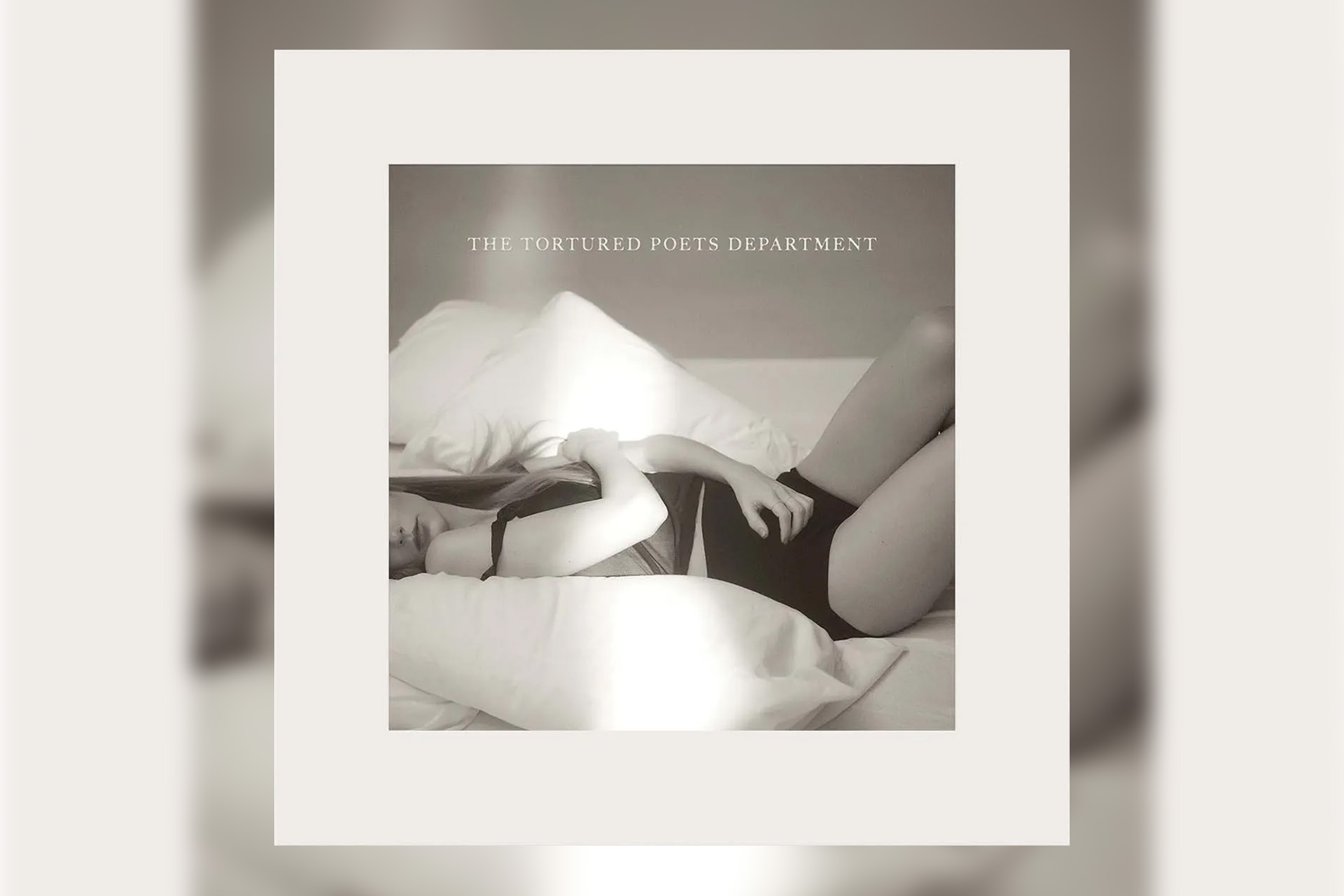On the cusp of finishing her billion-dollar worldwide tour, re-recording her chart-topping hits and winning Album of the Year at the 2024 Grammys, it feels like Taylor Swift is on a never-ending high. But with the release of her newest anticipated album, The Tortured Poets Department, she appears to have fallen short of the high expectations.
The Tortured Poets Department released midnight on Friday originally as a 16-song album. Swift then released an additional 15 songs at 2 a.m. with the title The Tortured Poets Department: The Anthology.
The album has both hits and misses, with many misses because of similar sounds and lyrical tone. Each song blends together by the middle of the album, not leaving room to naturally stick out in memory.
In true Swift style, the songs’ meanings are difficult to decipher if you haven’t kept up with her active lore. The Tortured Poets Department ensures you’ve kept up with your Swift studies to uncover the meanings behind the tracks.
The album kicks off with “Fortnight” — featuring a surprising collaboration with Post Malone— setting the stage for the album’s tone of gut-wrenching grief and heartbreak.
“Fortnight” depicts the feeling of trying to move on from a failed relationship, complemented with lyrics such as “All my mornings are Mondays stuck in an endless February / I took the miracle move-on drug, the effects were temporary.” The song’s synth beat backs the haunting, airy vocals of Post Malone and Swift.
“The Tortured Poets Department” is one of the weaker songs on the album, focusing more on filling the musical space with lyrics rather than letting the song breathe with constant, back-to-back lyrics.
[Student band Baltimore Avenue talks debut concert, connecting through music]
With lyrics such as, “You smoked, then ate seven bars of chocolate / We declared Charlie Puth should be a bigger artist / I scratch your head, you fall asleep / Like a tattooed golden retriever,” the track has no meaning without diving into Swift’s past — allegedly about her former relationship with The 1975’s Matty Healy — making it difficult to understand the song’s significance without being a diehard swiftie.
“I Can Do It With a Broken Heart” pairs an upbeat, party anthem tune with the contrast of the depressed lyrics, making for a unique track.
The song could allude to Swift’s experience performing for the Eras Tour after her breakup with actor Joe Alwyn, since it also features countdowns in the background, much like an in-ear monitor of a singer performing.
The lyrics further imply Swift trying to please her fans on tour, with lyrics such as, “Breaking down, I hit the floor / All the pieces of me shattered as the crowd was chanting, ‘more!’” This was a very personal and novel song from Swift, giving a more inside look into her feelings during her Eras tour.
This track holds up both in the different production style from the rest of the album and the personal message behind it. It carries the nostalgic upbeat pop of her 1989 album, but while the lyrics have a similar tone to the rest of the album, it’s expressed in such a unique way that it stands out on the first listen.
“But Daddy I Love Him” is also a standout track. The song references critiques of Swift’s dating life, especially Matty Healy and his controversies. It’s reminiscent of Swift’s “Fearless” album, where she is in love and does not care what anyone has to say about it.
Seeing videos of Swift laughing and performing while experiencing an internal struggle shown in the lyrics makes for a dismal listen.
She even remarks on the ongoing rumors of her relationships in a comical manner, with the line, “Screamin’, ‘But, Daddy, I love him! / I’m having his baby’ / No, I’m not, but you should see your faces.” The song is an interesting concept at the idea of a clapback against the ongoing conversation about her personal life and relationships.
“But Daddy I Love Him” brings a playful, juvenile vibe to what is otherwise a serious, important conversation about the boundaries between an artist and their fanbase.
[How AI could benefit the music industry]
In contrast, “Down Bad” feels like a repeat song from her Midnights album, using the same electric beats and pop synths. The song does not serve any unique qualities, but instead is an ongoing repeat about being “down bad” for someone you can’t have. The song feels like something heard before from Swift, not having any differing qualities from her previous albums.
The album overall is a more personal look into Swift’s psyche, but lacks character with the decision of the quantity over the quality of the songs. It does redeem itself with some more unique tracks, but the addition of so many songs drowns out the qualities each song possesses.



